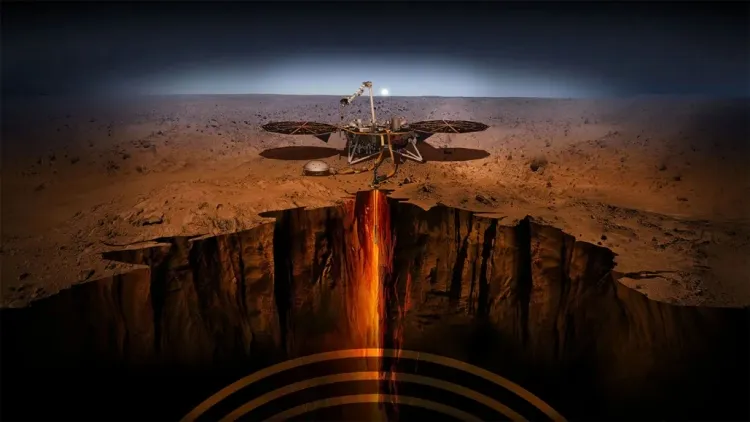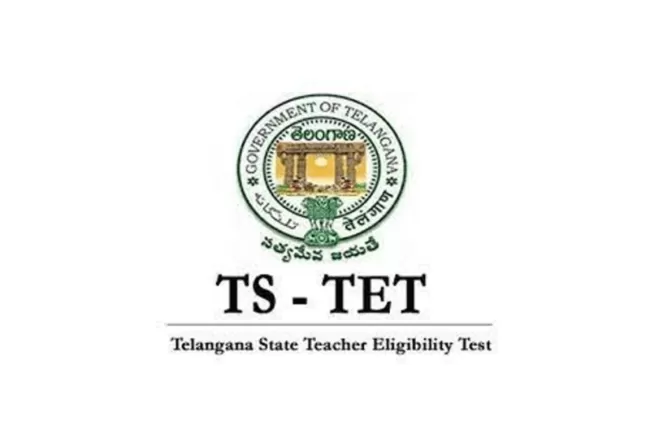Artificial Intelligence Reveals New Insights into Mars Quakes
Recent research utilizing artificial intelligence has uncovered that some Mars quakes may actually be triggered by meteoroid impacts rather than tectonic activity, transforming our understanding of seismic events on the Red Planet.

In a groundbreaking study, scientists have employed artificial intelligence to analyze seismic activity linked to meteor strikes on Mars. This research highlights how impacts can generate quakes that reverberate not only through the surface but also into the planet's mantle, challenging previously held beliefs about the origins of these seismic events. The findings stem from data collected by NASA's InSight lander, which landed on Mars in 2018 and has since recorded over 1,300 quakes before being retired in 2022.
Meteoroid Impacts as a Source of Seismic Activity
The European Space Agency has reported that two recent papers published in the Geophysical Research Letters journal detail how many seismic events initially attributed to tectonic movements could actually stem from meteoroid impacts. Researchers discovered that as many as 49 quakes correlated with impacts documented by the InSight lander. Utilizing machine learning technologies, they sifted through massive amounts of imagery from three separate satellites to identify these connections.
Planetary scientist Valentine Ble from the University of Bern in Switzerland emphasized the significance of these findings, stating, "Our observations show that some of the recorded marsquakes are actually caused by meteoroid impacts and not tectonic activity." This revelation carries profound implications for estimating the frequency of Mars quakes and enhances our understanding of the planet's surface dynamics.
Continued Importance of InSight Data
Despite the retirement of the InSight lander, the data it collected continues to provide valuable insights into Mars's internal structure and evolution. By placing the first seismometer on Mars, InSight has paved the way for a deeper understanding of both the planet's geological activity and its history.
Implications for Future Mars Research
The shift in understanding the sources of Mars quakes opens new avenues for research on the planet. As scientists continue to analyze seismic data through advanced machine learning techniques, they expect to refine their models of Mars's geological activity. This research not only informs our knowledge of Mars but also contributes to broader planetary science, shedding light on the seismic behaviors of other celestial bodies.
Conclusion
The integration of artificial intelligence in studying Mars's seismic activity marks a significant advancement in planetary exploration. As we continue to unlock the mysteries of the Red Planet, these findings may reshape our approach to understanding not only Mars but the broader dynamics of planetary geology across the solar system.
For more intriguing insights into space exploration and planetary science, stay tuned for our upcoming articles.
What's Your Reaction?
















